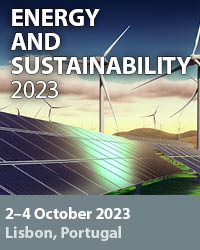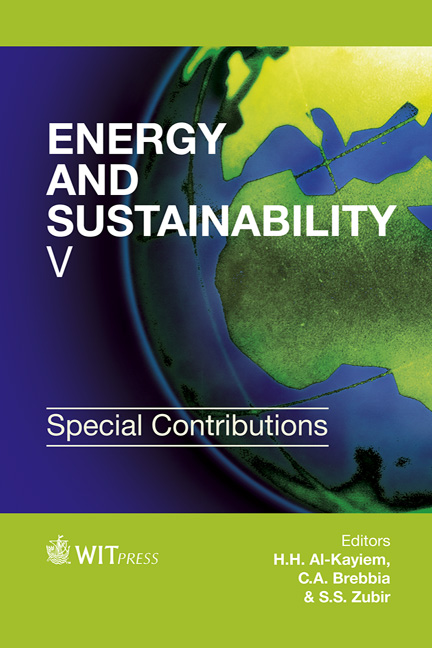Comparison Of The Effect Of Two Support Materials On Copper Removal From Aqueous Solution In The Activated Sludge Process
Price
Free (open access)
Transaction
Volume
206
Pages
11
Page Range
149 - 159
Published
2015
Size
306 kb
Paper DOI
10.2495/ESS140131
Copyright
WIT Press
Author(s)
S. R. M. Kutty, E. H. Ezechi, S. G. Khaw, C. L. Lai, M. H. Isa
Abstract
Two support materials, microwave incinerated rice husk ash (MIRHA) and groundwater treatment plant sludge (GWTPS), were used as support materials for biomass in the removal of copper from aqueous solution during a continuous flow study. A third reactor containing biomass alone without the addition of support material (RB) was used as a control to monitor the performance of the support materials. All reactors were given 15 days for the acclimatization of biomass. The reactors containing MIRHA and GWTPS were given an additional 10 days for acclimation after the addition of the support materials on day 15. All reactors were identically designed with a size of 8.5 L and operated at a flowrate of 7 L/d and SRT of 30 days across 8 different phases. Different concentrations of Cu(II) ranging from 0.5 mg/L to 15 mg/L were applied to the reactors at different phases. Results obtained from each phase of the experiments showed that GWTPS and MIRHA improved copper toxicity resistance in their respective reactors. For the control reactor (RB), copper toxicity was significant and violated the DOE Malaysia copper effluent standard at phase 5 (influent concentration 2 mg/L) whereas MIRHA and GWTPS reactors violated the DOE Malaysia copper effluent standard at phase 7 (influent concentration 10 mg/L) respectively. However, GWTPS containing reactor showed slightly better support for toxicity resistance than reactor MIRHA. The toxicity of copper on the three reactors was observed in the reduction of mixed liquor volatile suspended solids (MLVSS) within each reactor. For the control, MLVSS rapidly decreased from phase 3 to phase 8 whereas MIRHA and GWTPS reactors increased from phase 3 to phase 6 and decreased from phase 7 to phase 8. These results have shown that MIRHA and GWTPS have the potential of improving biomass resistance to toxicity of heavy metals.
Keywords
copper, activated sludge, toxicity, rice husk





